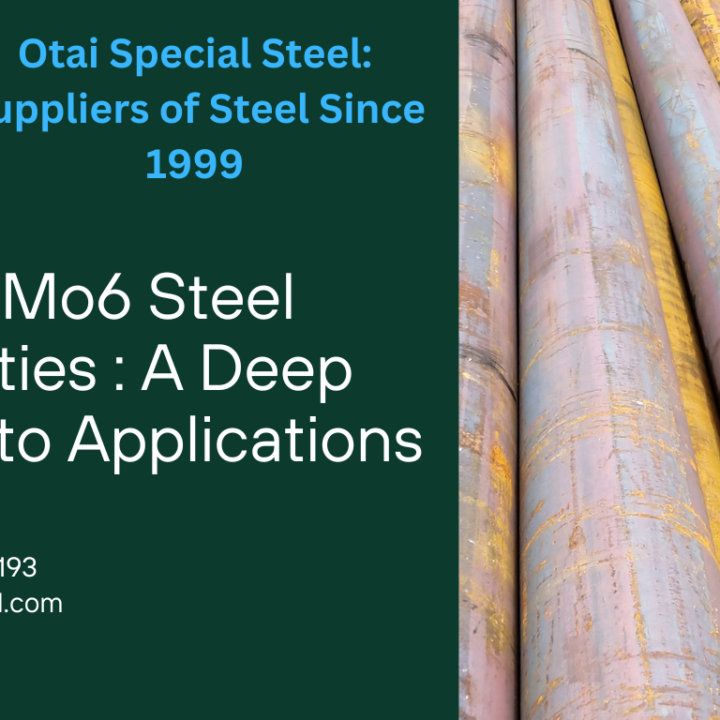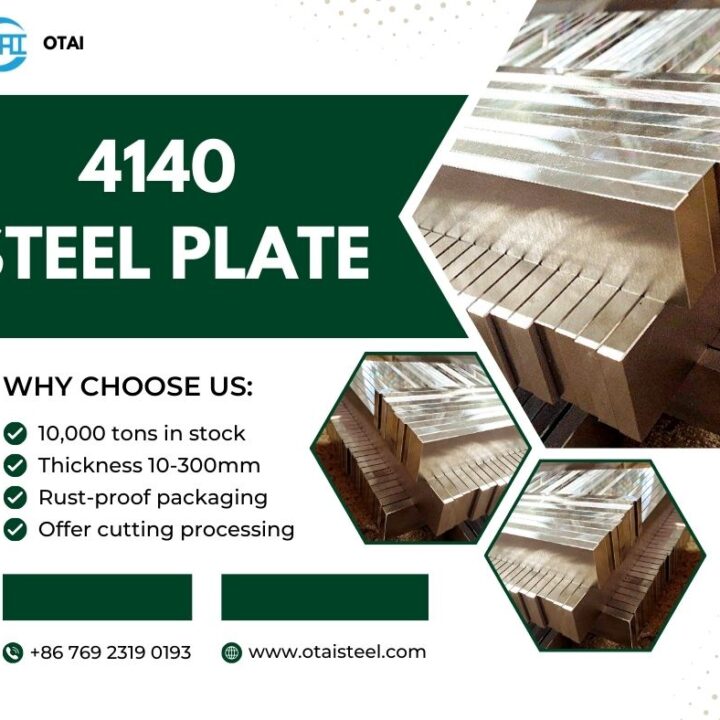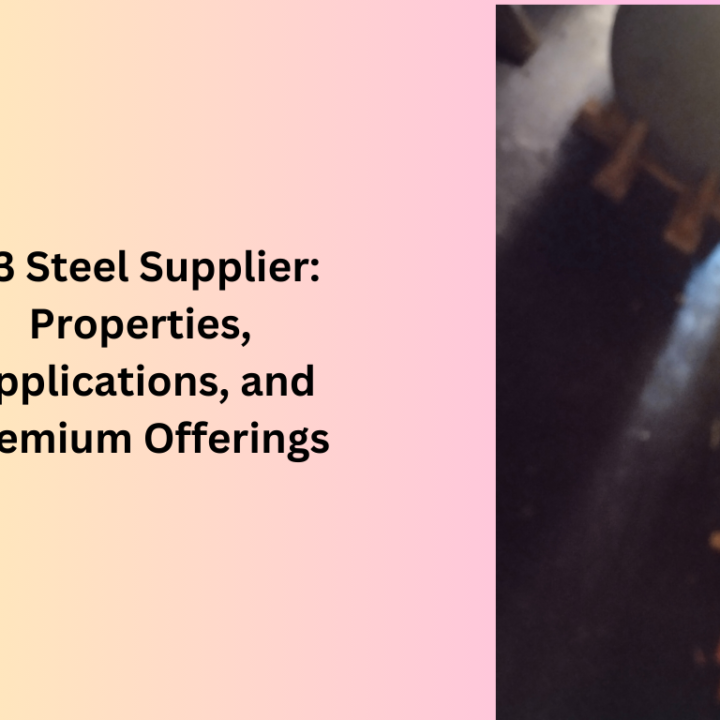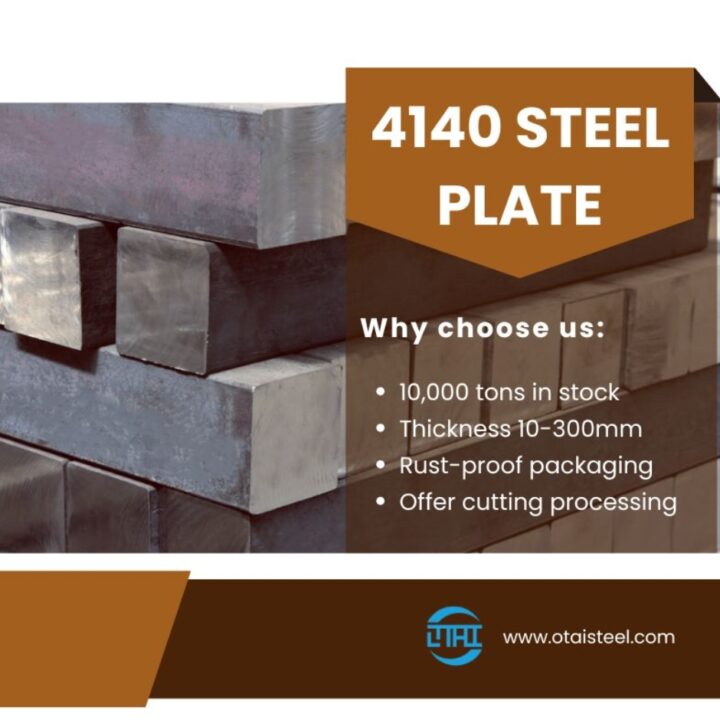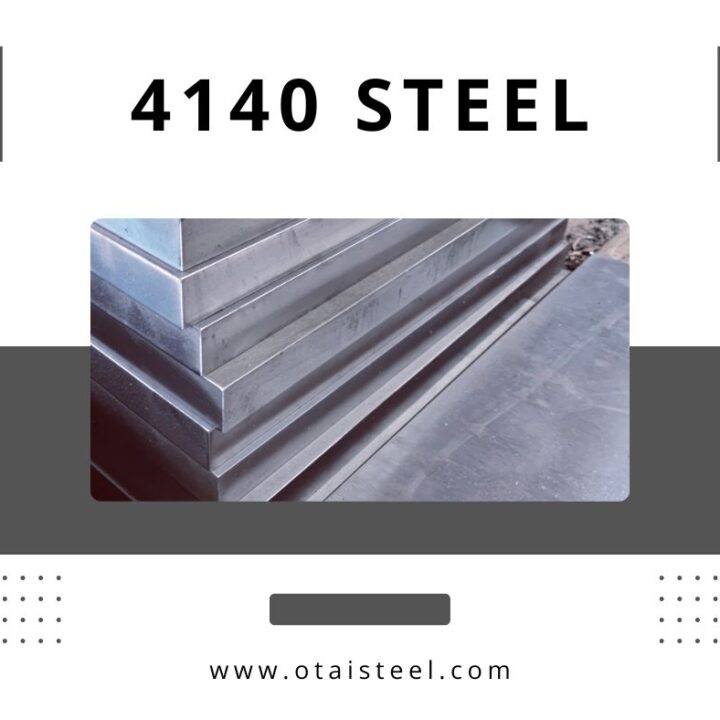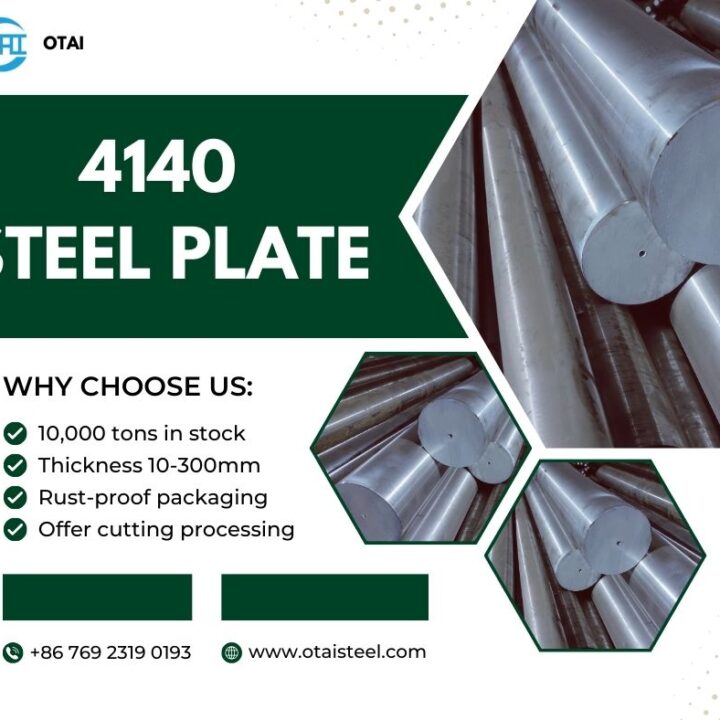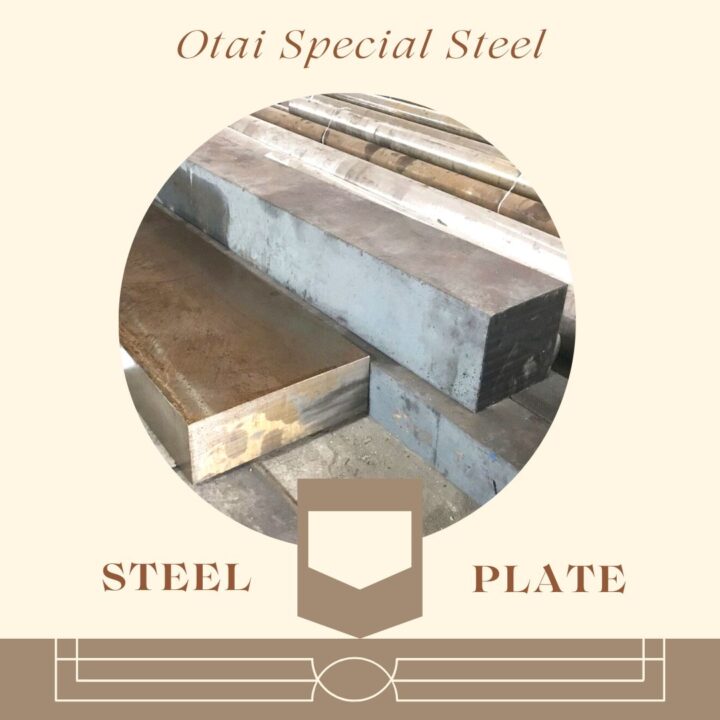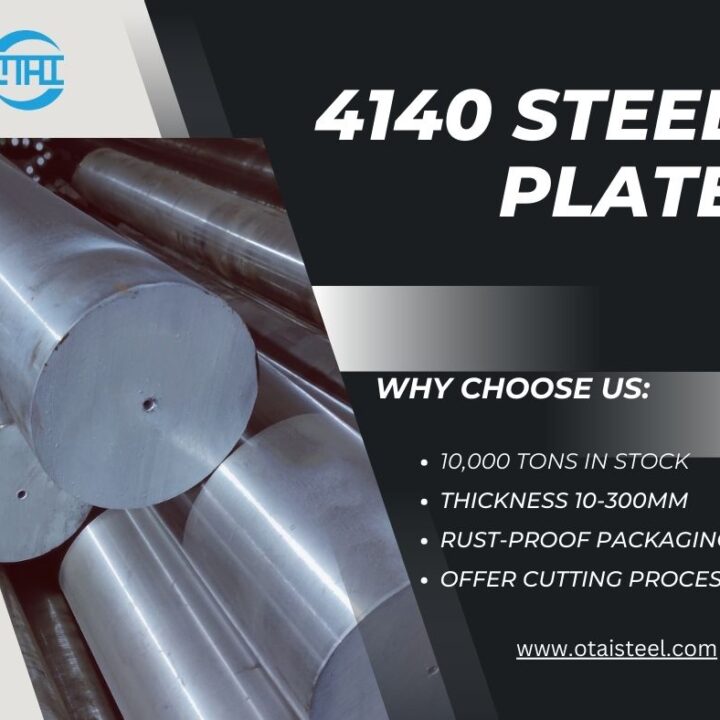4140 steel is a low-alloy steel composed of chromium, molybdenum, and carbon. These elements contribute to its remarkable mechanical properties, making it suitable for a wide range of applications. (hardness and microstructure of 4140)
The Quenching Process and Its Importance
Quenching is a rapid cooling process used to harden steel by transforming its microstructure. It involves heating the steel to a specific temperature and then cooling it quickly using various quenching media.
Quenching Media for 4140 Steel
- Water Quenching
Water quenching provides rapid cooling, resulting in high hardness but may lead to increased distortion and cracking.
- Oil Quenching
Oil quenching offers a slower cooling rate, reducing the risk of cracking and distortion, but it yields lower hardness compared to water quenching.
- Polymer Quenching
Polymer quenching provides controlled cooling rates and lessens the risk of cracking while achieving intermediate hardness.
- Air Quenching
Air quenching is a slow cooling process that leads to lower hardness but also minimizes the risk of distortion and cracking.
The effect of various quenching media on the hardness and microstructure of 4140 steel
The choice of quenching media directly affects the hardness of 4140 steel. Faster cooling rates result in higher hardness, while slower cooling rates yield lower hardness levels.
The cooling rate during quenching significantly influences the microstructure of 4140 steel. Faster cooling produces a fine-grained martensitic structure, while slower cooling results in a coarser pearlitic or bainitic structure.
Factors Affecting Quenching Results
- Quenching Temperature
The quenching temperature affects the transformation of the microstructure and the resultant hardness.
- Agitation and Immersion Time
Proper agitation and control of immersion time ensure uniform cooling and prevent distortion.
- Prior Heat Treatment
The prior heat treatment and austenitizing temperature influence the quenching process and the resulting properties.
Case Studies and Experimental Results
Real-world case studies and experimental data showcase the effects of different quenching media on the hardness and microstructure of 4140 steel.
Best Practices for Quenching 4140 Steel
Implementing best practices, including proper cooling rates and agitation, leads to optimized quenching results and consistent material properties.
Comparing Quenching Techniques
- Hardness and Microstructure
Comparing hardness values and microstructures of 4140 steel quenched in different media aids in selecting the most suitable quenching method for specific applications.
- Distortion and Residual Stresses
Analyzing distortion and residual stresses resulting from various quenching techniques helps determine the impact on the final product’s integrity.
Applications in Industry
The optimized quenching of 4140 steel finds applications in various industries, including automotive, aerospace, and tool manufacturing.
By optimizing quenching parameters, the industry can harness the full potential of 4140 steel and ensure the production of high-quality components for diverse applications.
